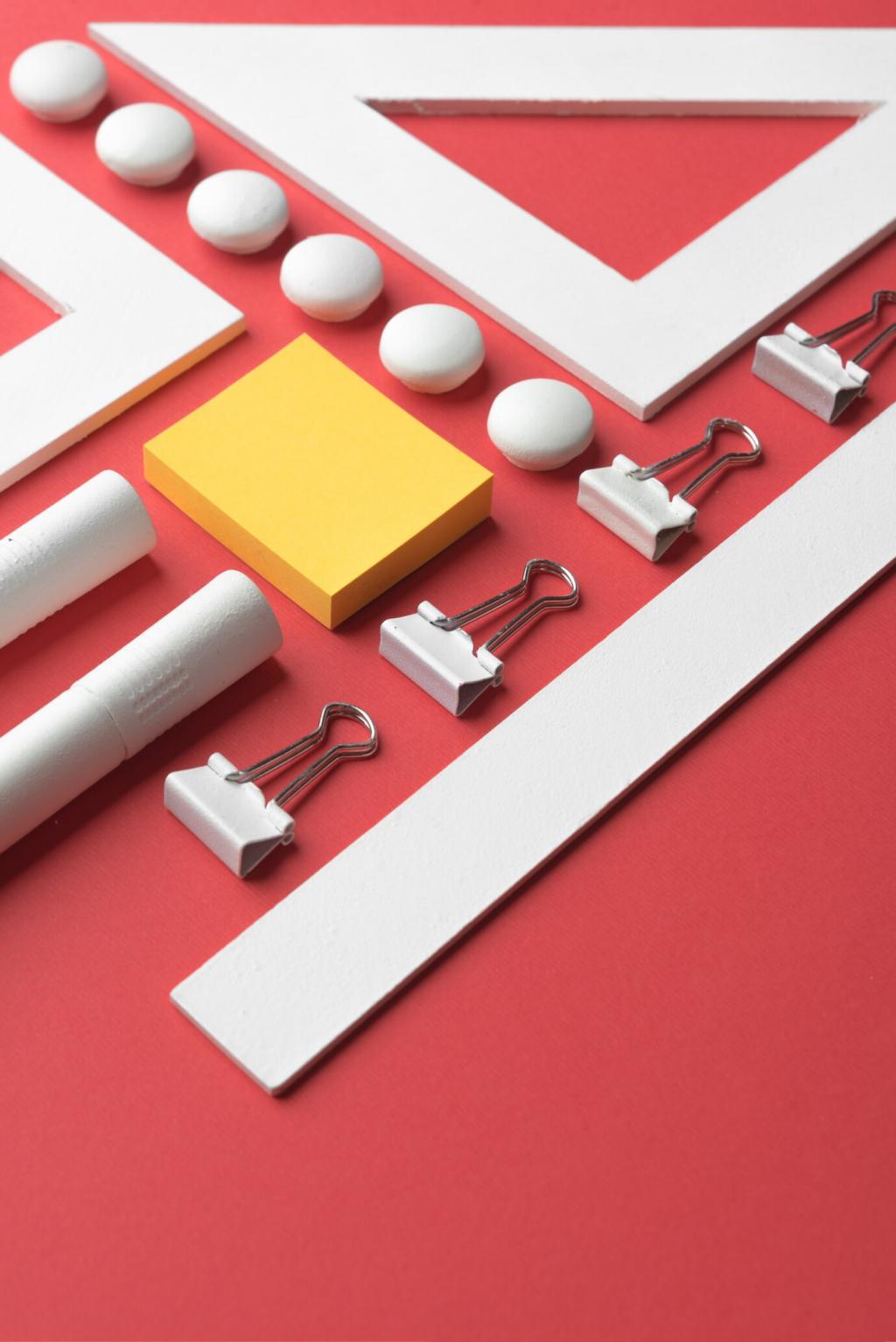Calls to Action That Feel Like Design Invitations
Some visitors are collecting ideas, not hiring today. Use gentle CTAs: “Save this palette,” “Get the project checklist,” or “See the mood board.” Offer value first, then request an email. Invite them to reply with one room they want calm in, nurturing trust before proposals enter the conversation.
Calls to Action That Feel Like Design Invitations
Between inspiration and inquiry, add a step: “View our timeline and pricing philosophy,” or “Explore our process in seven clear steps.” Transparency reduces friction. Encourage readers to ask one clarifying question about your workflow, then answer publicly in a monthly Q&A newsletter to build rapport.









